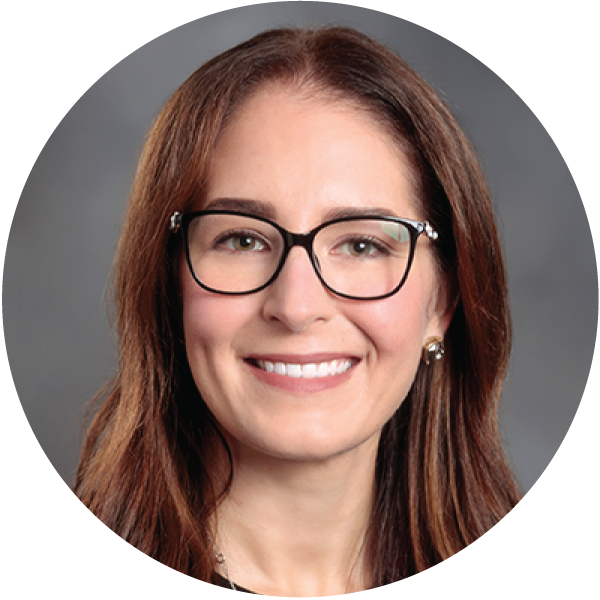
What does it mean to admit the “right” student?
Often, in healthcare education, we feel the pressure to admit the right students. Many program accreditors ask schools to analyze their admissions criteria and outcomes to ensure the admissions process is working well. But what does it mean to admit the “right” student? What recipe guarantees an academic outcome? And what do we give up when we think only from this perspective?
To say that college admissions is an easy and fair process would be false. Headline grabbing news about the wealthy cheating the admissions process in the “Varsity Blues Scandal” dominated the news cycle in 2019 and led to prison time for some. It’s clear from incidents like this that the pressure to be admitted to the “right” program is felt very deeply by some parents and students. Both sides of the admissions process feel intensely that they need to make the correct decision the first time, but that seems, even to the most casual observer, to be an unattainable goal. Approximately one third of first year college students change colleges and even more change their majors during their college career.
Further, only looking for students who fit the ideal model can exclude other students that have the capacity for similar success when provided the right opportunities. If we focus too much on the measurable metrics—the GPA that fits the model, the SAT score that indicates success—we forget the intangibles that can lead to success despite less than perfect academics. In one study, grit—defined as perseverance and passion for long-term goals—made up 4% of the variance in academic success data. The effects of socioeconomic stressors and environmental factors on student learning is well known.
When observing the outcomes of the admissions process, it’s important to also consider the quality of the curriculum. Many programs seek to find out which courses or content affect the pass rate of board exams or the graduation rate of the cohort, which is an important task. However, it is necessary to go to the next step and ask if the curriculum is the ideal fit for the students admitted. Healthcare professions have undergone rapid change, with many taking on more duties than before, all of which was accelerated by the pandemic. It makes sense that while we’re taking hard looks at the type of student we want to admit, we should also take a hard look at the curriculum to see if it meets the needs of the students, the profession, and the faculty. In coming blogs, I’ll give some ideas and tips on how to review a curriculum from the birds-eye to the detail view. Of course, Enflux can help you by giving you clean, actionable data quicker than the traditional processes.
Meagan Mielczarek, Ph.D.
Head of Education and Assessment at Enflux
